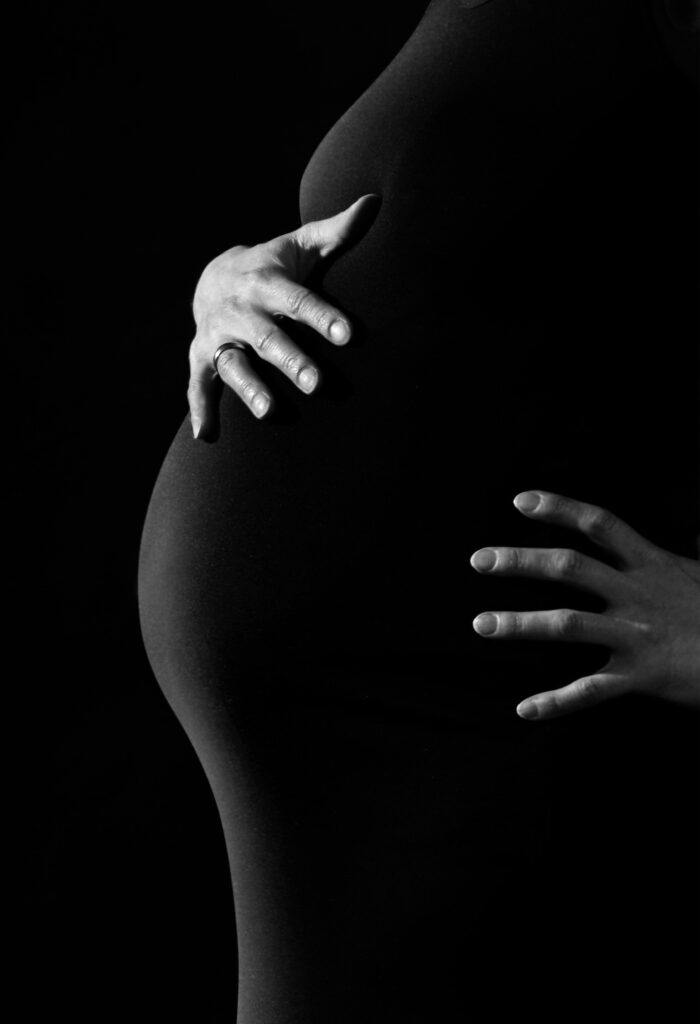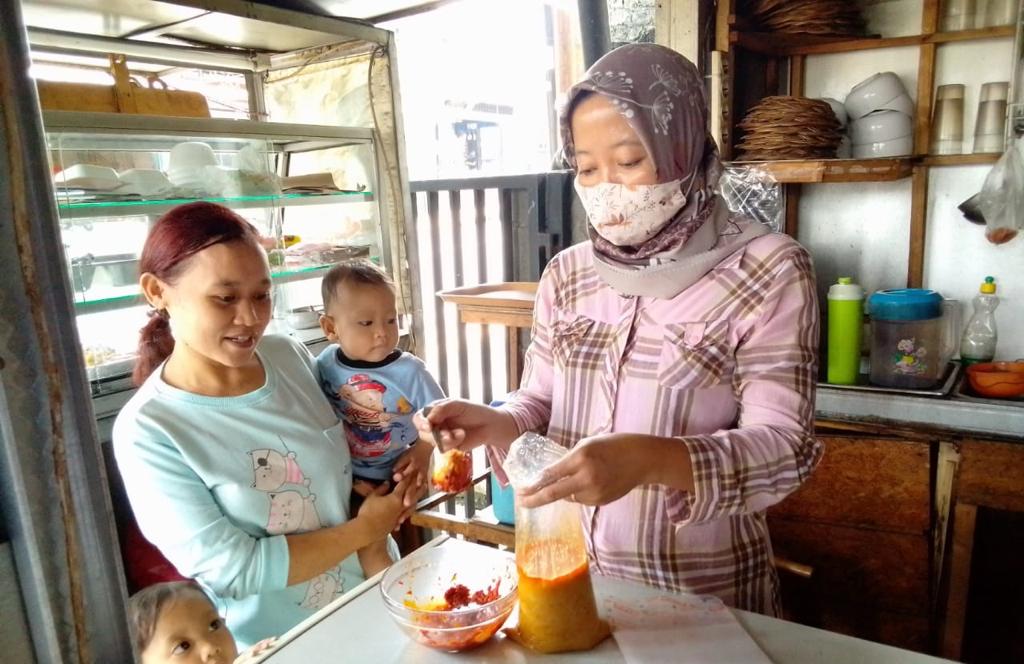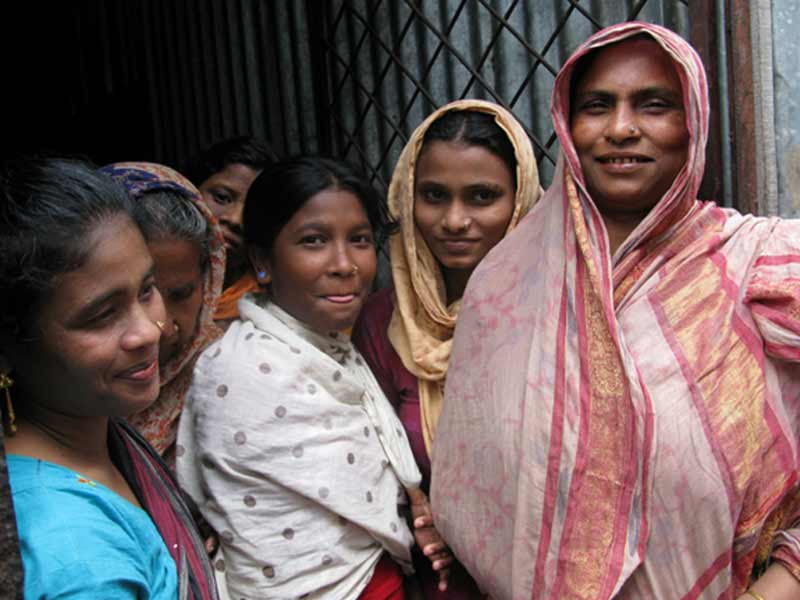
At the start of 2022, UNICEF published its groundbreaking Programme Guidance on Maternal Malnutrition.
It was, to put it mildly, much needed.
Despite decades of global efforts to combat maternal malnutrition, nearly 800 million women still suffer from malnutrition worldwide, and, as UNICEF explained, “global progress in reducing all forms of malnutrition among women of reproductive age is lagging against global goals and targets.”
So, what can the Guidance tell us about the future of maternal nutrition initiatives? What key takeaways does it contain, and what groundbreaking strategies does it provide?
UNICEF’s Programme Guidance on Maternal Malnutrition
At its core, UNICEF’s Guidance was created to provide much-needed tools and guidance towards the design, implementation, and monitoring of evidence-based maternal nutrition programs. More simply, with maternal nutrition initiatives evidently not having the desired effects around the world, the Guidance provides tools for making initiatives more efficient and effective, a ready-to-go framework for policymakers and NGOs moving forward.
Yet, despite its sweeping scope, there are two key elements of this framework which together unlock the whole, two crucial elements which anyone interacting with UNICEF’s Guidance must take away.
Innovation is key
The first is a call for innovation to be used to address all programming challenges which arise and impede progress.
This means utilizing specialized nutritional programs which better respond to women’s needs and facilitate adherence. It includes leveraging communication channels such as SMS and social media to improve access to information and services for women. It also means using digital technology to increase the availability and quality of data, in order to better identify women at risk of malnutrition, and better measure the effectiveness of programs.
In short, UNICEF asserts that much of the ineffectiveness of current and past maternal nutrition initiatives can be overcome through aggressive leveraging of innovation in all areas.
A rights-based approach
The second crucial takeaway from the Guidance is the need for a rights-based approach to maternal nutrition initiatives.
This means initiatives which are equity-focused, delivering specific attention to the most marginalized and socio-economically deprived women and girls. It means initiatives which are gender-responsive, created specifically with women’s needs in mind. This includes initiatives which address underlying gender inequality and the harmful gender roles that perpetuate and expand malnutrition.
It also means initiatives which are context-specific, conscious of the fact that there are no standard solutions to maternal nutrition, that each initiative must respond to the specific needs of women across different regional, national, and subnational contexts. Here, initiatives must actively engage and collaborate with women, girls, and communities to understand and respond to their specific needs.
Most simply, a rights-based approach is one which recognizes that the rights of women and maternal nutrition are “mutually reinforcing.”
A foundation for success
UNICEF’s Programme Guidance on Maternal Malnutrition provides a path forward for a new kind of maternal nutrition initiative, a more effective and efficient future. The key takeaway is that in all programs and policies moving forward, innovation and equality are the foundational blocks upon which to build.



